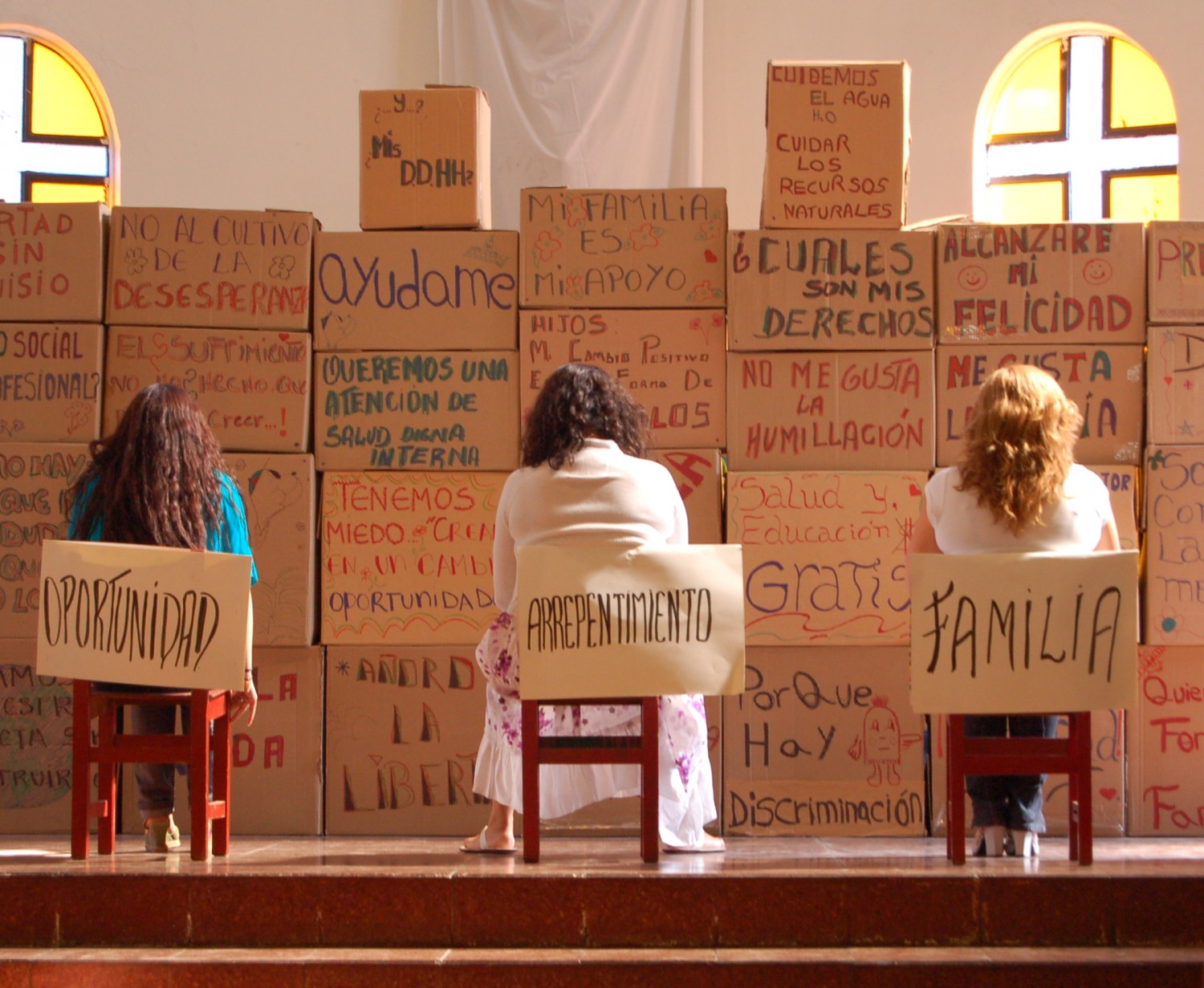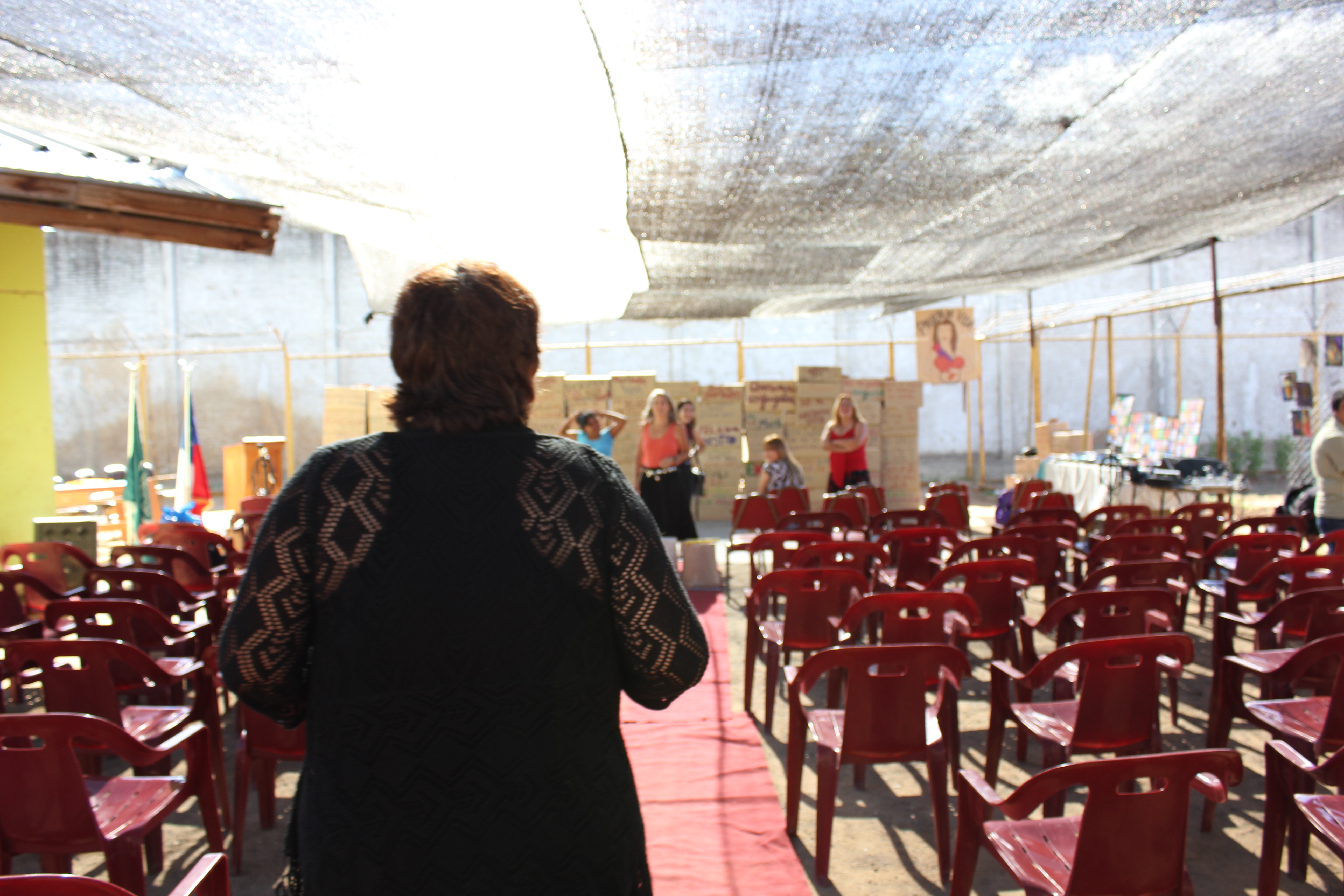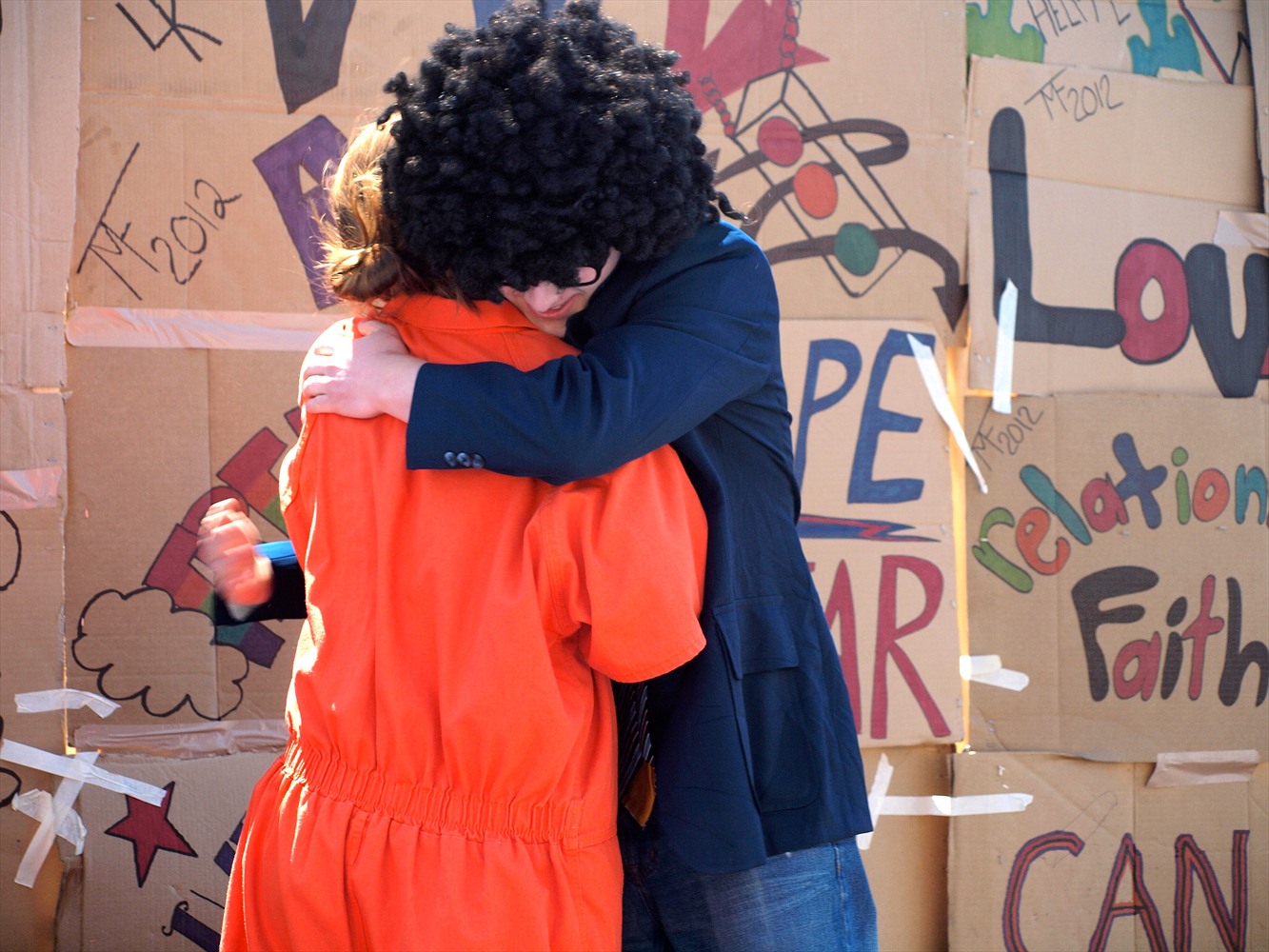Invisible walls made visible
Participants come from two different social backgrounds — a population behind visible or invisible social wall and the general participation of outside community members. Telling My Story is designed to bring those two groups together — to a common space for sharing and understanding that will provide a platform for social reflection and action. The focus of the population behind walls is to reclaim their individual and group voice, while the focus of the outside community is to facilitate those voices. That is how the whole group comes together.

Making the show
The group meets up to 22 times over a period of eight weeks. Each session is divided into group work and individual meeting with the participants. Sessions include a physical warm-up and small improvised skits or vignettes created by the participants. These activities get people used to exploring new territory — to dare exposing themselves in something playful and fresh. In this way problems can be presented and opinions aired. Difficult emotions can be handled through pretending. The participants must make decisions together, exchange opinions, and learn to solve problems together. Along the way they discover they are not alone — they find points of solidarity and commonality. They identify with one another. 
During the workshop the participants share different experiences. To tell their stories people must organize their thoughts and attitudes — who, what, when, where, and why. Storytelling helps people connect with their own history and come to terms with it. No matter how difficult an experience may be, there is always a perspective which can give strength. Finding these by sharing openly is healthy and empowering. People have the possibility of dealing with the “good” and “bad” aspects of their personal history. At all times a positive approach is encouraged, which naturally leads to dignity and beauty in performance. Every session includes writing and reading aloud, and throughout the project each participant maintains a journal that serves as a record of individual participation and changing perspectives.
Creating voice — the ultimate goal
Ultimately participants collaborate to write and perform a play that begins with a series of skits and concludes with a personal testimonials from each participant.
All program participants present the show at least twice, to an audience that includes other members of the inside community, administrators, staff members, family members, and the broader community. At the end of each performance there is an opportunity to create a platform for an exchange with the audience, so as to give space for social reflection.
